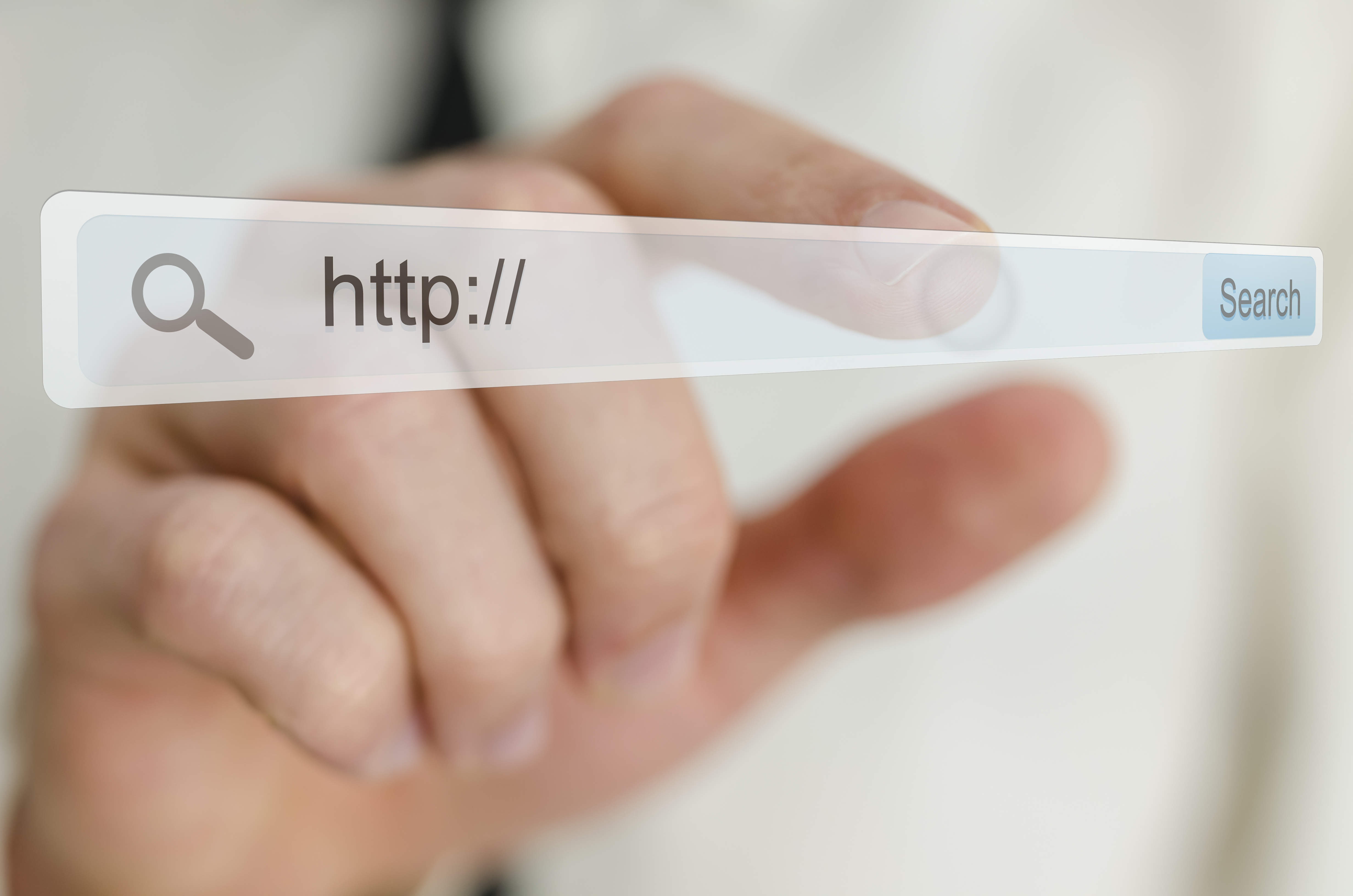A Cookie-less world
Third-party cookies have been a fundamental part of the online marketing mix; an essential tool that allows brands to capture data on their audience, deliver targeted advertising and build customer profiles. In particular, cookies are at the core of programmatic advertising, which accounts for 90% of the total UK digital display ad spend of £5.81bn in 2019.
But, the cookie in its current form is not long for this world.
With the ongoing focus on customer data privacy, following the implementation of GDPR, there are growing concerns around third-party cookies and how they are collected, leading to three of the biggest web browsers on the Internet taking steps to block or phase out tracking cookies; Safari and Firefox blocked third-party cookies by default in 2019, whilst Google is planning to phase out the third-party cookie on Chrome, the most popular browser with a market share of over 60%, by 2022.
When combined with the fact that the ICO guidance explicitly states that the way many websites go about obtaining consent for third-party cookies is not compliant, it’s clear that things are going to have to change!
WHAT ARE THE ALTERNATIVES TO TRADITIONAL COOKIES FOR PROGRAMMATIC ADVERTISING?
Without the third-party cookie, the digital marketing landscape is going to need to evolve. Various methods to allow for tracking of customers and customer behaviour are already being discussed and developed as alternatives in this possible new cookie-less world.
For example, the IAB has grand plans for a standardised unique ID across the internet that would be an “improved mechanism for audience recognition and personalisation”. However, it sounds as if it will still be based on cookies and will need a lot of collaboration requiring a complex accountability system. If this proposed solution does happen, it will not be quick.
Numerous ad tech and analytics vendors are developing solutions for tracking that don’t rely on third-party cookies. Cookies have never been effective for mobiles, hence the mobile ad/device ID such as Apple’s IDFA or Google’s GAID. Whilst these systems still present privacy issues, companies like Apple and Google may be willing to work with advertisers to find a compliant method.

In addition, being able to effectively capture customer or prospect data to accurately identify, target and activate across multiple devices requires good technology. Managing campaigns across multiple marketing channels needs marketing automation, hence the rise of tools such as Customer Data Platforms (CDPs).
Digital fingerprinting – that is, using seemingly insignificant information like device used and browser plug-ins, in order to identify an individual – had emerged within the advertising industry in part to tackle cross device tracking issues which are inherent with ad IDs. However, Google, Apple and Firefox have already taken steps to implement anti-fingerprinting measures in order to deter advertisers from moving to this method in place of the cookie, making it unlikely to be a viable alternative.
WHAT’S THE RIGHT SOLUTION?
The truth is, there is no obvious alternative to the cookie just now.
It is likely the death of the cookie will benefit the large players, particularly Google and Facebook, as advertisers will be forced to use their first party data in walled gardens, meaning we could be moving to a blunter approach, returning to last click attribution.
To find out more about the impact of the loss of the third-party cookie on digital marketing and for further insights on what advertisers can do in the interim, download our guide – The End of the Third-party Cookie?